With the launch of the iPhone 15, Apple introduced design changes like a curved frame and a frosted glass back. Information acquired by MacRumors suggests that Apple's next-generation iPhone 16 will build on these updates with modifications to the buttons and the camera layout.
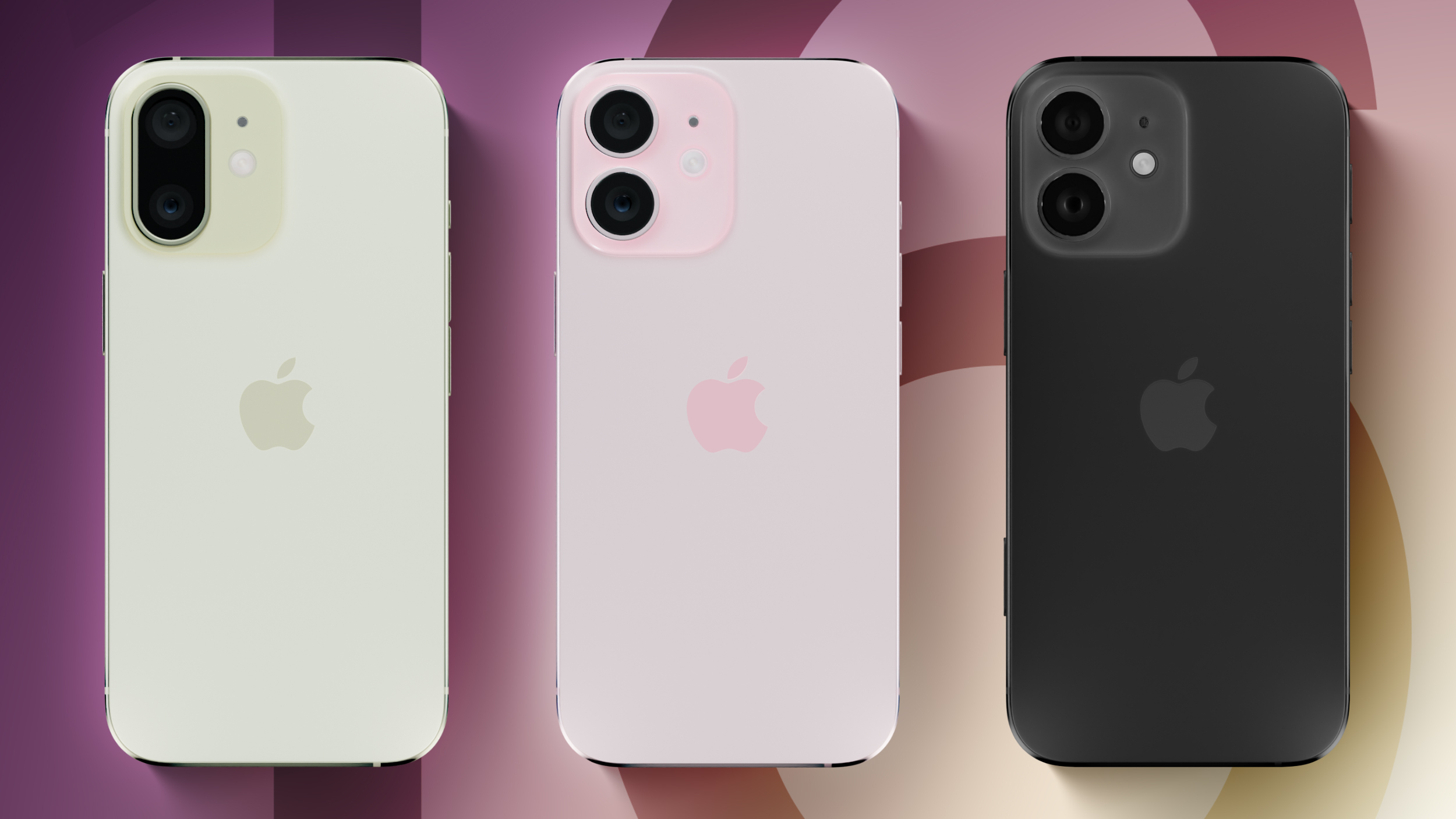
We have details on early pre-production designs for the iPhone 16, including a look at the variants and hardware configurations that Apple has considered so far. Our information comes early in the design process, but it provides an indication of what we can expect from the iPhone 16, or DeLorean as Apple engineers refer to it internally.
We've included mockups of what the iPhone 16 could look like based on Apple's internal designs, down to the exact colors the company is using for testing. The iPhone rendered in yellow features the earliest known button design with an Action Button, unified volume button, and iPhone X-style camera bump. The iPhone in pink has an Action Button and separate mechanical volume buttons, while the iPhone in midnight has the larger Action button and new Capture button. The iPhone rendered in black is the design we are expecting at this point.
As part of the iPhone 16 design process, Apple has prototyped multiple hardware configurations. While these look similar at first glance, there are a number of differences between them.
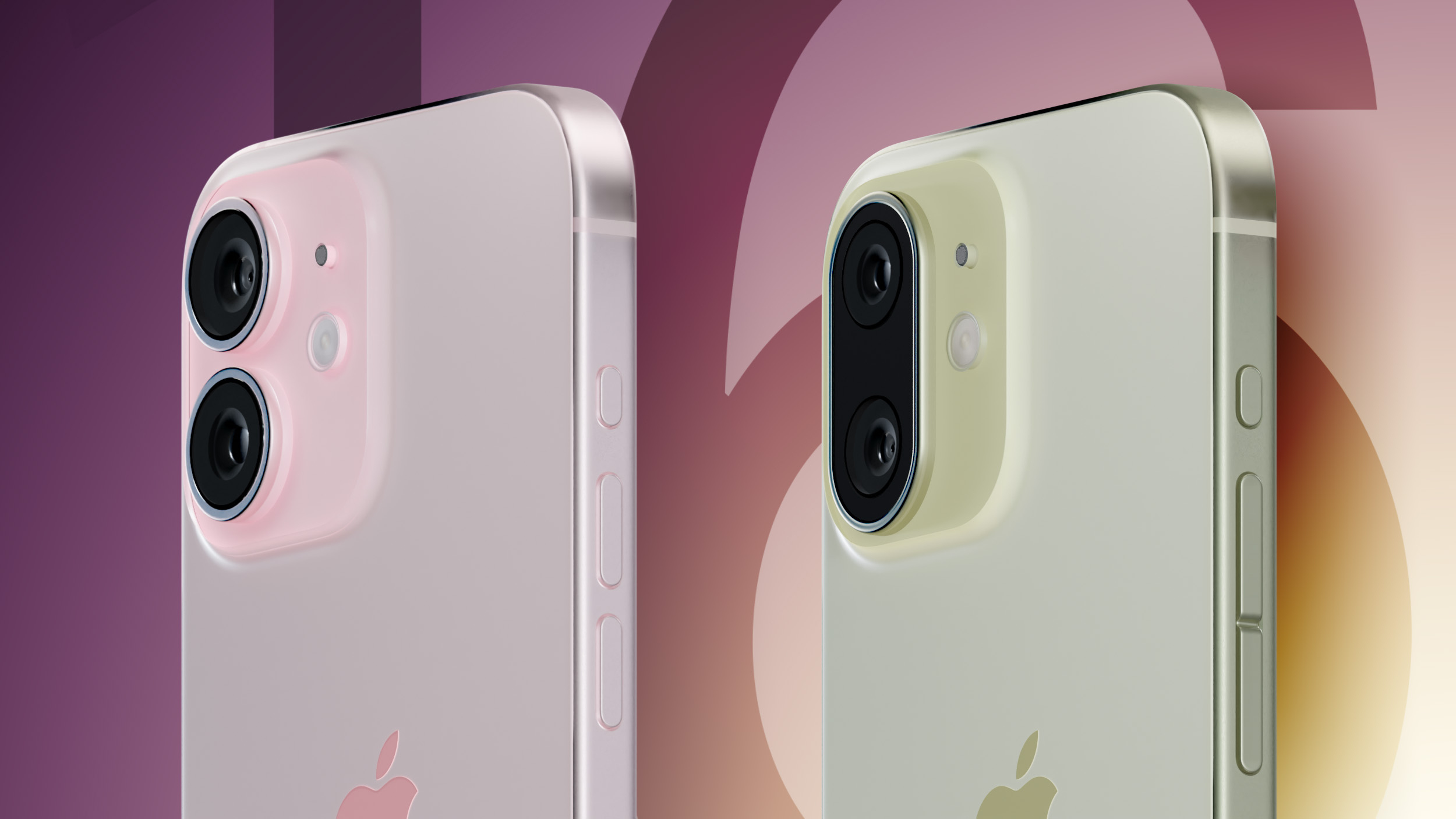
The most obvious and visually distinct change is a new vertical camera arrangement. Unlike its predecessor, the iPhone 16 will have vertically aligned rear cameras, making the phone easily recognizable as the latest model. While the vertical alignment of the rear cameras has so far remained constant throughout different development stages, Apple is considering two different camera bump designs:
Relative to the iPhone 15, the location of the flash is the same with both designs, which suggests that Apple does not plan to change the position of the flash. While both designs have been considered, the iPhone 12-like camera layout with two distinct lenses has been used more extensively on Apple's prototype units.
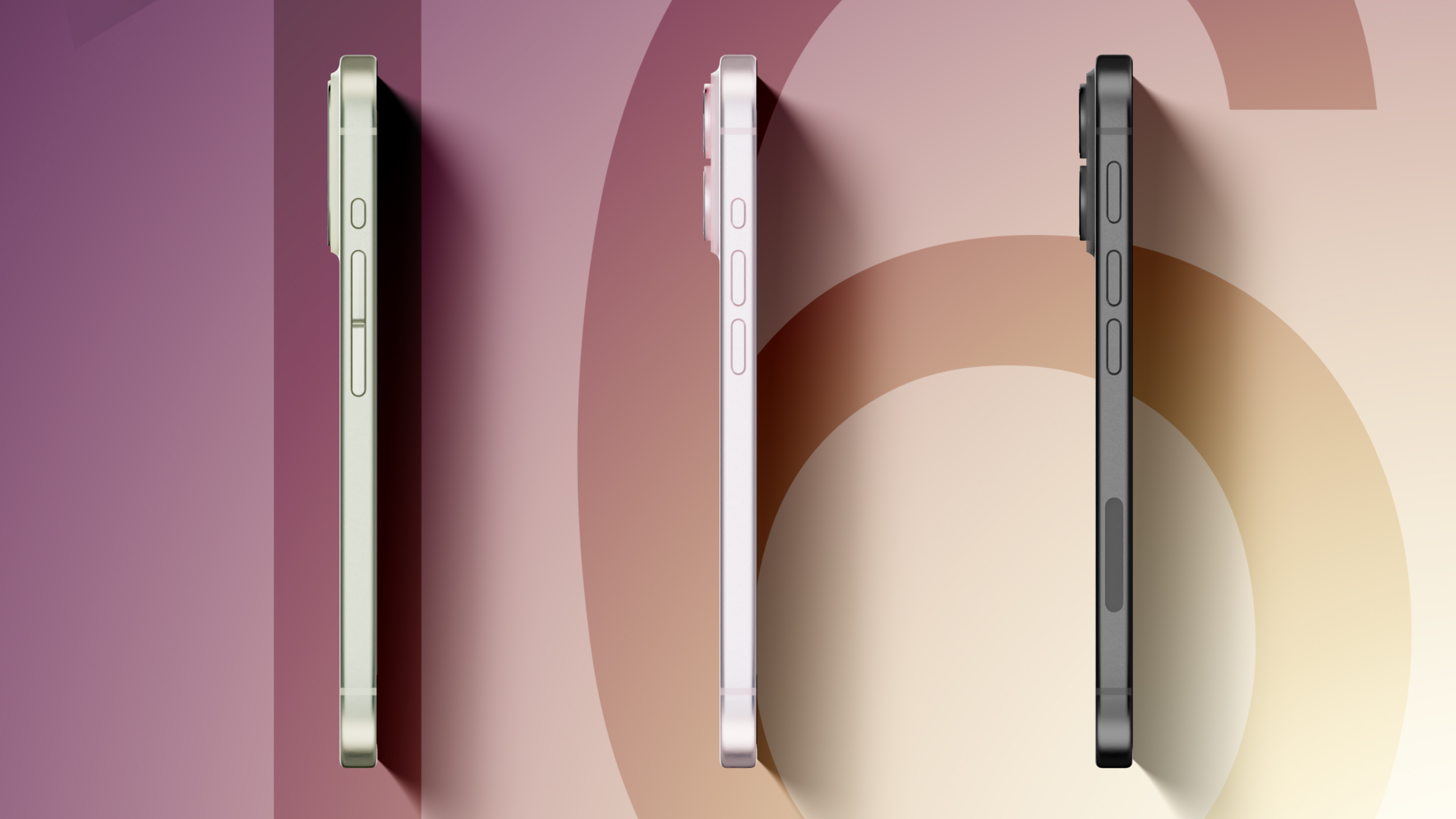
The earliest known prototypes of the iPhone 16 included a unified volume button that was developed as part of the now-canceled Bongo project originally intended for release with the iPhone 15 Pro. The unified button would have provided users with haptic feedback, but it was scrapped earlier this year following unresolved technical issues. After the cancelation of the Bongo project, Apple moved back to mechanical buttons for the iPhone 16.
The Action button is another carry-over from the iPhone 15 Pro. That we're seeing the Action button this early on suggests Apple last year had decided to phase out the mute switch, with plans to standardize the Action button across the entire iPhone 16 range. The size of the Action Button has varied across different configurations. Some designs and prototypes feature a significantly larger Action Button, which was created as part of Project Atlas in an effort to change the Action Button from mechanical to capacitive, while some have the same button that's on the iPhone 15 Pro. Signs point to a capacitive Action Button at this time.
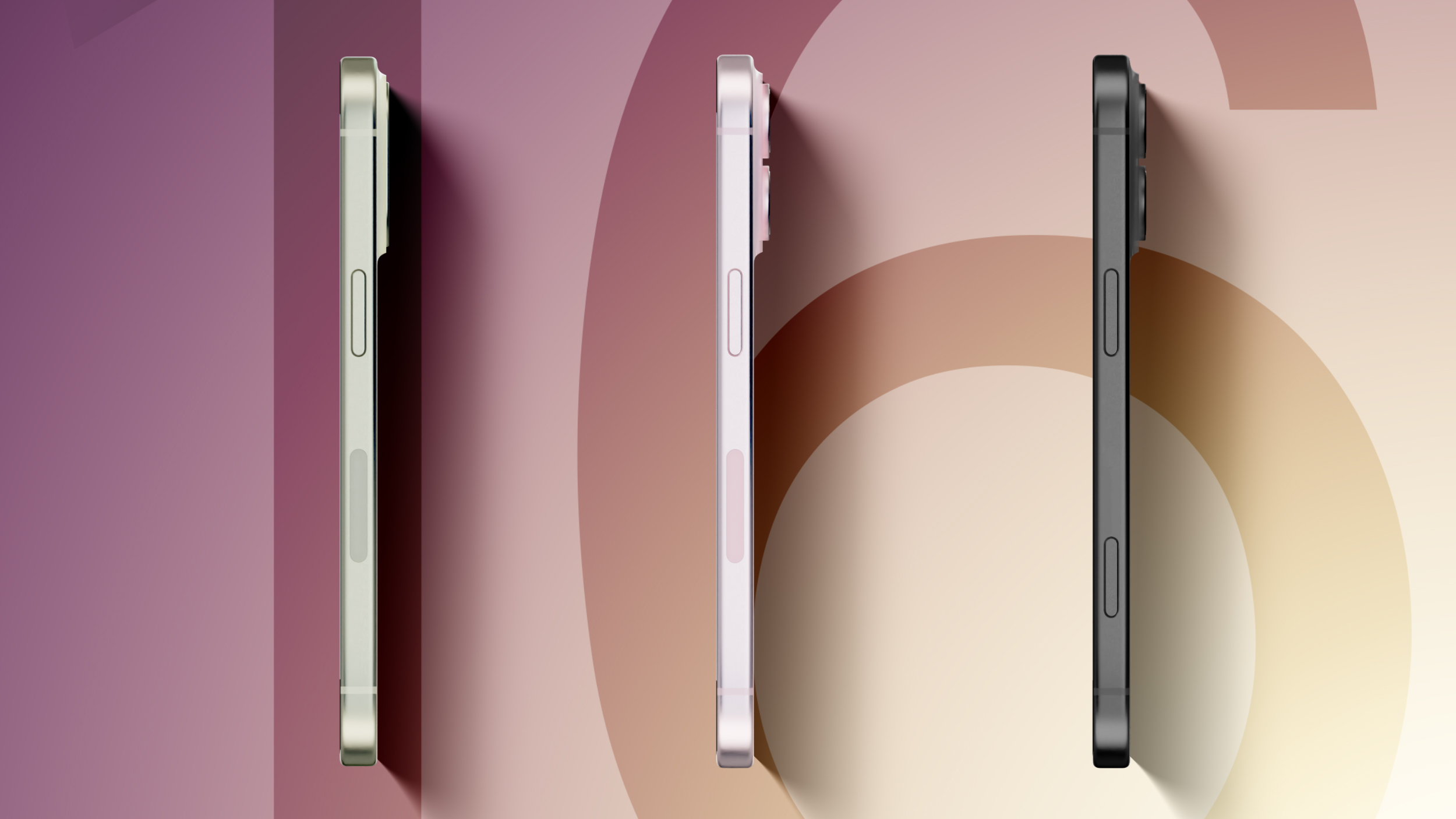
Apple is also experimenting with a new button on the right side of the iPhone 16. As MacRumors revealed back in September, The iPhone 16 is expected to include an all-new capacitive Capture Button, developed internally under the codename Project Nova. Information from our sources suggests that this button will feature a force sensor in addition to "tact-switching" functionality, although it is still unclear what the latter entails. The Capture Button is located in the same spot as the mmWave cutout on iPhone models sold in the United States, so with the iPhone 16, the mmWave antenna has been moved to the left side of the device.
While it looks like we're getting a new button, Apple has developed an alternate hardware configuration that does not feature a Capture Button, which it could revert to if there are hardware issues during the button's development.
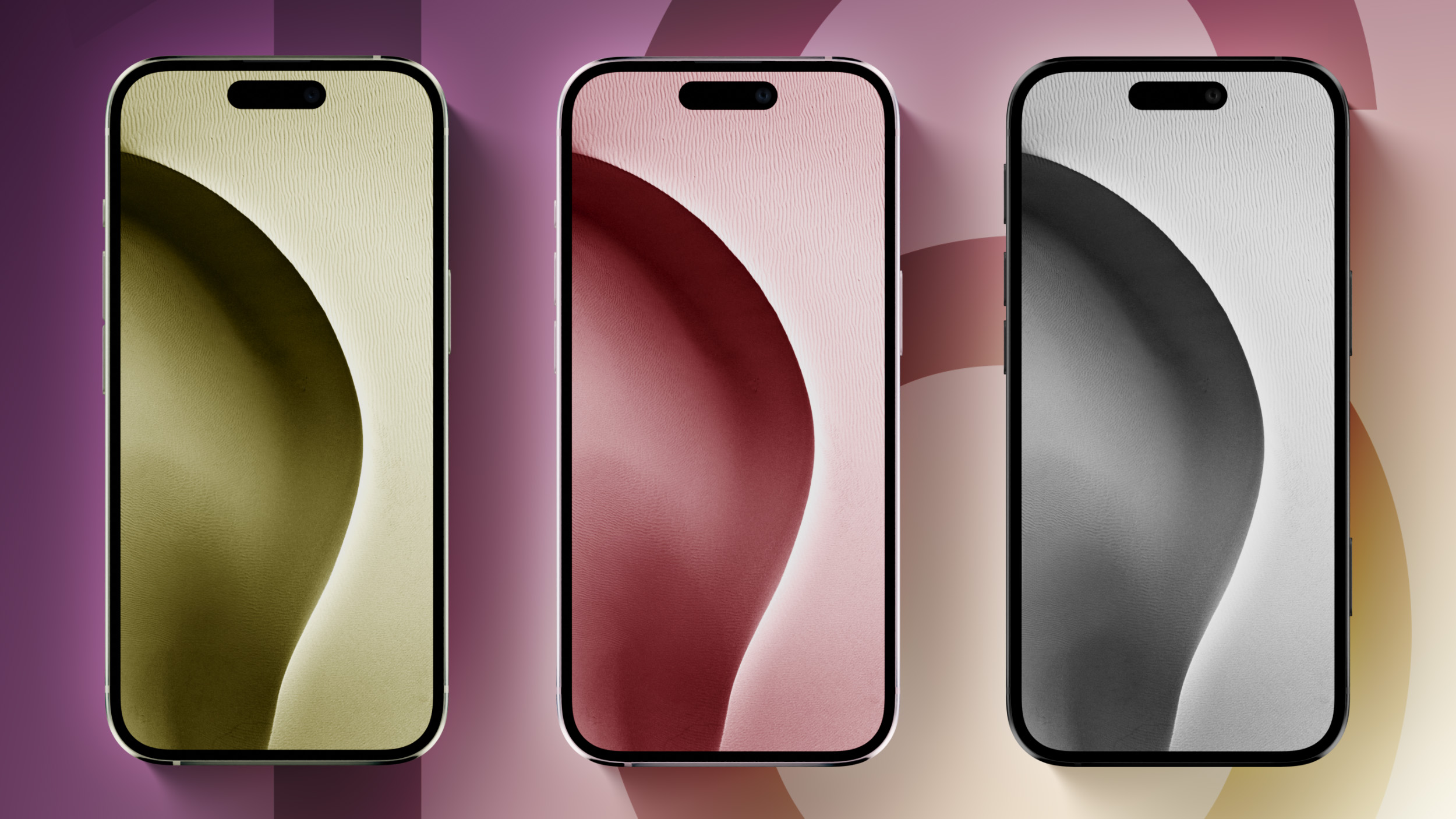
The front of the iPhone 16 does not feature any noticeable changes, and it continues to use the Dynamic Island. The base model iPhone 16 is expected to feature a display similar to the one used on its predecessor, with no major differences. As with the iPhone 15, the iPhone 16 has a USB-C port at the bottom of the device.
As far as colors are concerned, early prototypes have been seen in three colors: yellow, pink and midnight, while documentation suggests that other color options initially developed for the iPhone 15 were also used for testing at one point.
To sum up, though the iPhone 16 won't have notable changes to its chassis, it will have the following key updates:
The information presented here accurately portrays and describes early designs of the iPhone 16, but the existence of multiple hardware configurations suggests that Apple's design plans have not yet been finalized. The iPhone 16 is still far from release, and additional changes are always possible.
For additional information on what to expect, check out our rumor roundup pages for iPhone 16 and iPhone 16 Pro.
This article, "iPhone 16 Early Prototypes: What Apple's Next-Generation iPhone Will Look Like" first appeared on MacRumors.com
Discuss this article in our forums
Source: TechRadar

We have details on early pre-production designs for the iPhone 16, including a look at the variants and hardware configurations that Apple has considered so far. Our information comes early in the design process, but it provides an indication of what we can expect from the iPhone 16, or DeLorean as Apple engineers refer to it internally.
We've included mockups of what the iPhone 16 could look like based on Apple's internal designs, down to the exact colors the company is using for testing. The iPhone rendered in yellow features the earliest known button design with an Action Button, unified volume button, and iPhone X-style camera bump. The iPhone in pink has an Action Button and separate mechanical volume buttons, while the iPhone in midnight has the larger Action button and new Capture button. The iPhone rendered in black is the design we are expecting at this point.
As part of the iPhone 16 design process, Apple has prototyped multiple hardware configurations. While these look similar at first glance, there are a number of differences between them.

The most obvious and visually distinct change is a new vertical camera arrangement. Unlike its predecessor, the iPhone 16 will have vertically aligned rear cameras, making the phone easily recognizable as the latest model. While the vertical alignment of the rear cameras has so far remained constant throughout different development stages, Apple is considering two different camera bump designs:
- iPhone 12-style design, with two camera lenses located one above the other
- iPhone X-type design, with a singular pill-shaped enclosure
Relative to the iPhone 15, the location of the flash is the same with both designs, which suggests that Apple does not plan to change the position of the flash. While both designs have been considered, the iPhone 12-like camera layout with two distinct lenses has been used more extensively on Apple's prototype units.

The earliest known prototypes of the iPhone 16 included a unified volume button that was developed as part of the now-canceled Bongo project originally intended for release with the iPhone 15 Pro. The unified button would have provided users with haptic feedback, but it was scrapped earlier this year following unresolved technical issues. After the cancelation of the Bongo project, Apple moved back to mechanical buttons for the iPhone 16.
The Action button is another carry-over from the iPhone 15 Pro. That we're seeing the Action button this early on suggests Apple last year had decided to phase out the mute switch, with plans to standardize the Action button across the entire iPhone 16 range. The size of the Action Button has varied across different configurations. Some designs and prototypes feature a significantly larger Action Button, which was created as part of Project Atlas in an effort to change the Action Button from mechanical to capacitive, while some have the same button that's on the iPhone 15 Pro. Signs point to a capacitive Action Button at this time.

Apple is also experimenting with a new button on the right side of the iPhone 16. As MacRumors revealed back in September, The iPhone 16 is expected to include an all-new capacitive Capture Button, developed internally under the codename Project Nova. Information from our sources suggests that this button will feature a force sensor in addition to "tact-switching" functionality, although it is still unclear what the latter entails. The Capture Button is located in the same spot as the mmWave cutout on iPhone models sold in the United States, so with the iPhone 16, the mmWave antenna has been moved to the left side of the device.
While it looks like we're getting a new button, Apple has developed an alternate hardware configuration that does not feature a Capture Button, which it could revert to if there are hardware issues during the button's development.

The front of the iPhone 16 does not feature any noticeable changes, and it continues to use the Dynamic Island. The base model iPhone 16 is expected to feature a display similar to the one used on its predecessor, with no major differences. As with the iPhone 15, the iPhone 16 has a USB-C port at the bottom of the device.
As far as colors are concerned, early prototypes have been seen in three colors: yellow, pink and midnight, while documentation suggests that other color options initially developed for the iPhone 15 were also used for testing at one point.
To sum up, though the iPhone 16 won't have notable changes to its chassis, it will have the following key updates:
- Vertical camera arrangement, likely similar to iPhone 12
- New capacitive Capture Button
- Capacitive Action Button
The information presented here accurately portrays and describes early designs of the iPhone 16, but the existence of multiple hardware configurations suggests that Apple's design plans have not yet been finalized. The iPhone 16 is still far from release, and additional changes are always possible.
For additional information on what to expect, check out our rumor roundup pages for iPhone 16 and iPhone 16 Pro.
Related Roundup: iPhone 16
Tag: iPhone 16
This article, "iPhone 16 Early Prototypes: What Apple's Next-Generation iPhone Will Look Like" first appeared on MacRumors.com
Discuss this article in our forums
Source: TechRadar